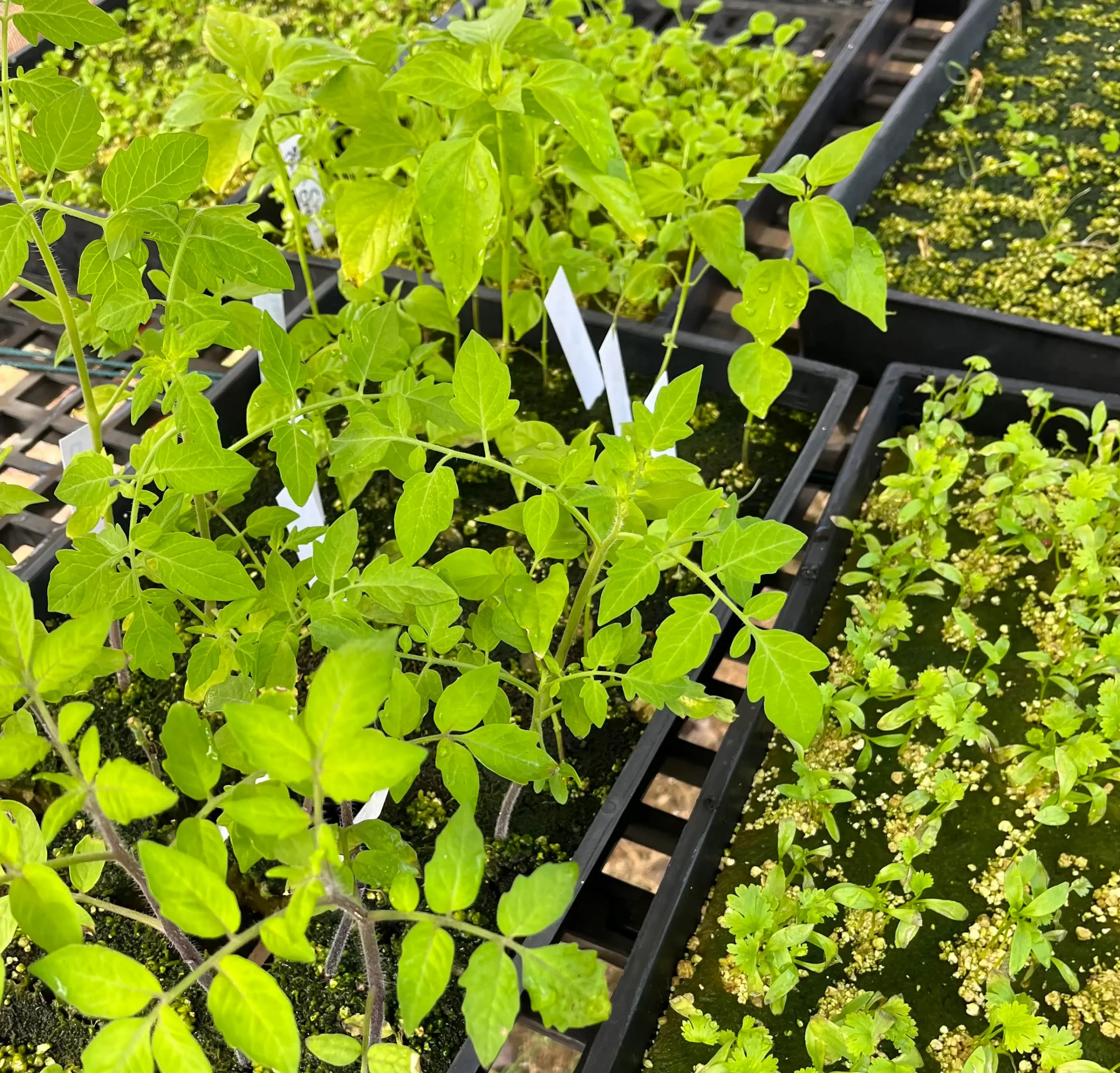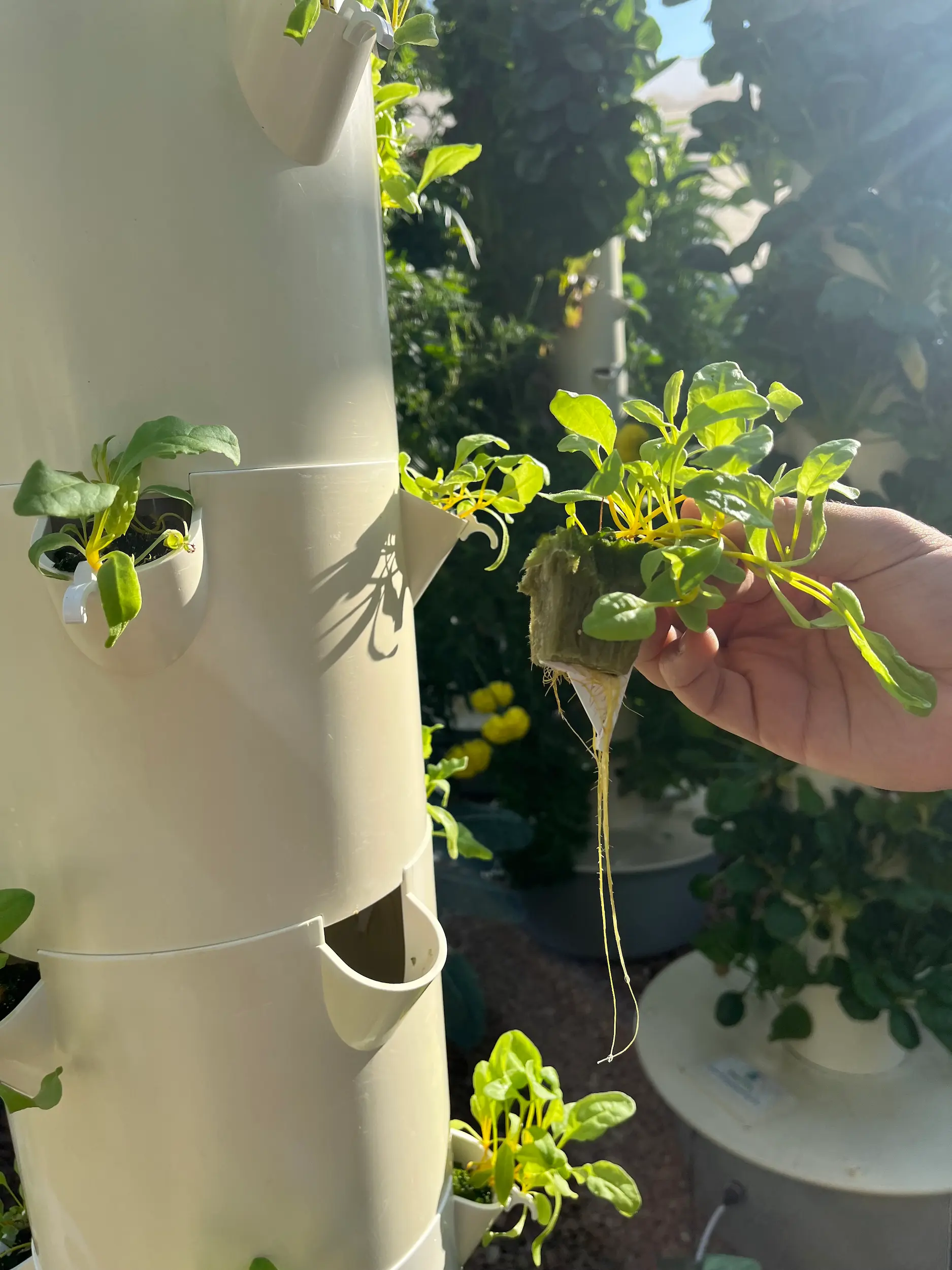One of the most pressing demands resulting from population growth is for food. Unfortunately, the supply of food has not kept pace with the increasing demand, giving rise to a host of economic, logistical, and environmental challenges.
The economics of food production play a significant role in this issue. The rising population has led to a surge in demand for food, which, in turn, has increased prices. The food inflation rate has been increasing steadily over the years, and it is projected to continue to rise in the coming years. This inflationary pressure creates a significant burden on individuals and families with low incomes, as they are unable to afford the rising prices of food. It also makes it difficult for governments to maintain food security for their populations.
Logistics is another critical factor in the struggle to feed the growing population. As populations grow, the demand for food increases, and so does the need for transport and storage infrastructure. Food supply chains become longer and more complex, leading to higher transportation costs and potential issues with spoilage and contamination. Additionally, as populations become more urbanized, there is less available land for farming and food production, leading to increased reliance on imports, which further increases transportation costs and reduces food security.
Climate change is also a significant factor in the challenge of feeding the growing population. Changes in climate patterns can cause extreme weather events, such as droughts, floods, and heatwaves, which can significantly impact agricultural production. This can lead to reduced crop yields, increased prices, and even food shortages in some areas. Additionally, climate change can also affect the availability of water, which is a critical resource for agriculture. The depletion of water resources can lead to reduced agricultural productivity, particularly in regions that are already water-stressed.
To address these challenges, governments and the private sector need to collaborate to develop strategies that can increase food production and distribution. One approach is to invest in modernizing agricultural practices and technologies, such as precision agriculture and hydroponics, which can help increase crop yields and reduce the amount of land and water required for farming.
Another approach is to invest in transport and storage infrastructure to reduce logistical costs and increase food security. Finally, efforts to mitigate the effects of climate change, such as reducing greenhouse gas emissions and investing in renewable energy, can help stabilize agricultural production and improve food security.
The issue of feeding the growing population in a world of limited resources is complex and multifaceted. It requires the collective effort of governments, private sector actors, and individuals to develop innovative solutions that can help increase food production and distribution, while also addressing the economic, logistical, and environmental challenges associated with population growth. Only through concerted efforts can we hope to ensure food security and sustain life in the face of a growing population and finite resources.


